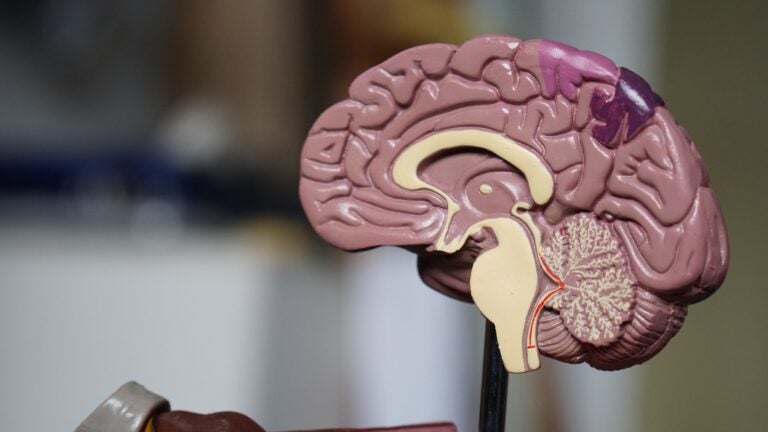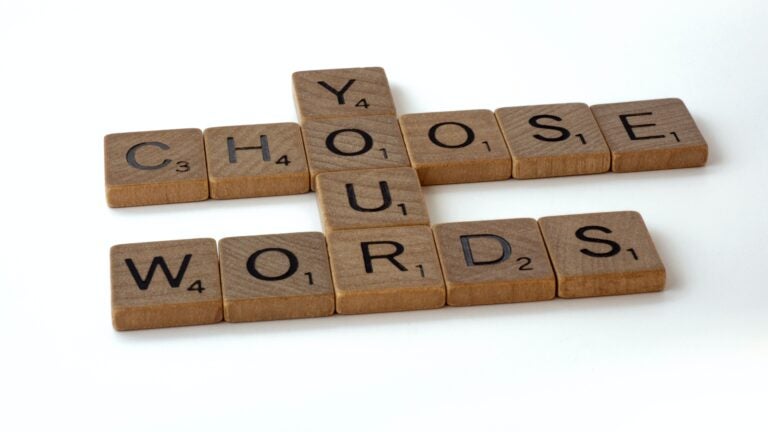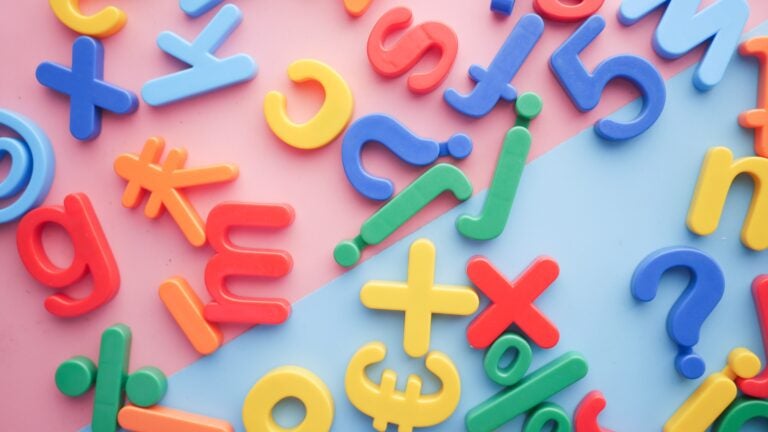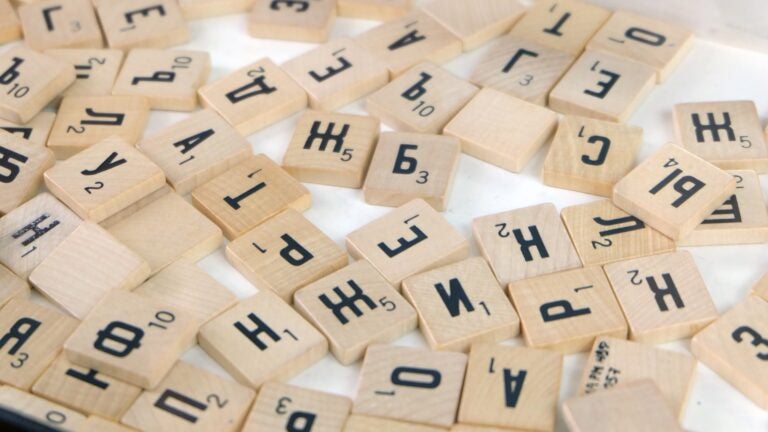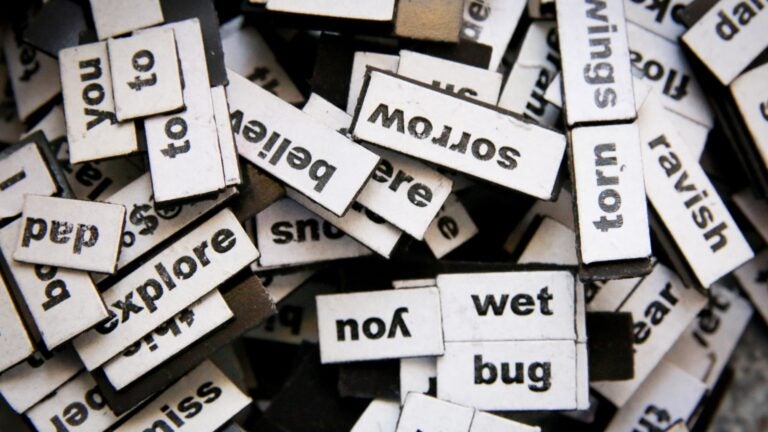Exploration Approach
Check out the descriptions of some of our studies below, and if you think you might want to get involved, use the Participate tab to let us know who you are!
Learning Language Structure
Figuring Out What Words Mean
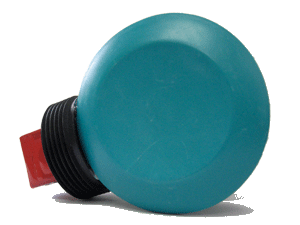
In addition to learning the grammatical structure of their language, and how words go together in a sentence, children also learn what words mean. Much of that learning early on comes from simply hearing language used. Infants and young toddlers appear to have very sophisticated mechanisms for helping them figure out what concepts about objects, object properties, actions, feelings, etc., words mean. Our lab is interested in understanding what kinds of information children learn to help them figure out what words mean from hearing them used. Some of our experiments involve interesting made-up objects, like the one on the right.
Picking Out the Words From All the Speech and Noise
Infants are really superb at figuring out the words in the language they hear around them. Even the most sophisticated computers, however, have great difficulty doing this. How do babies do it? That’s another question we are investigating in the lab.


